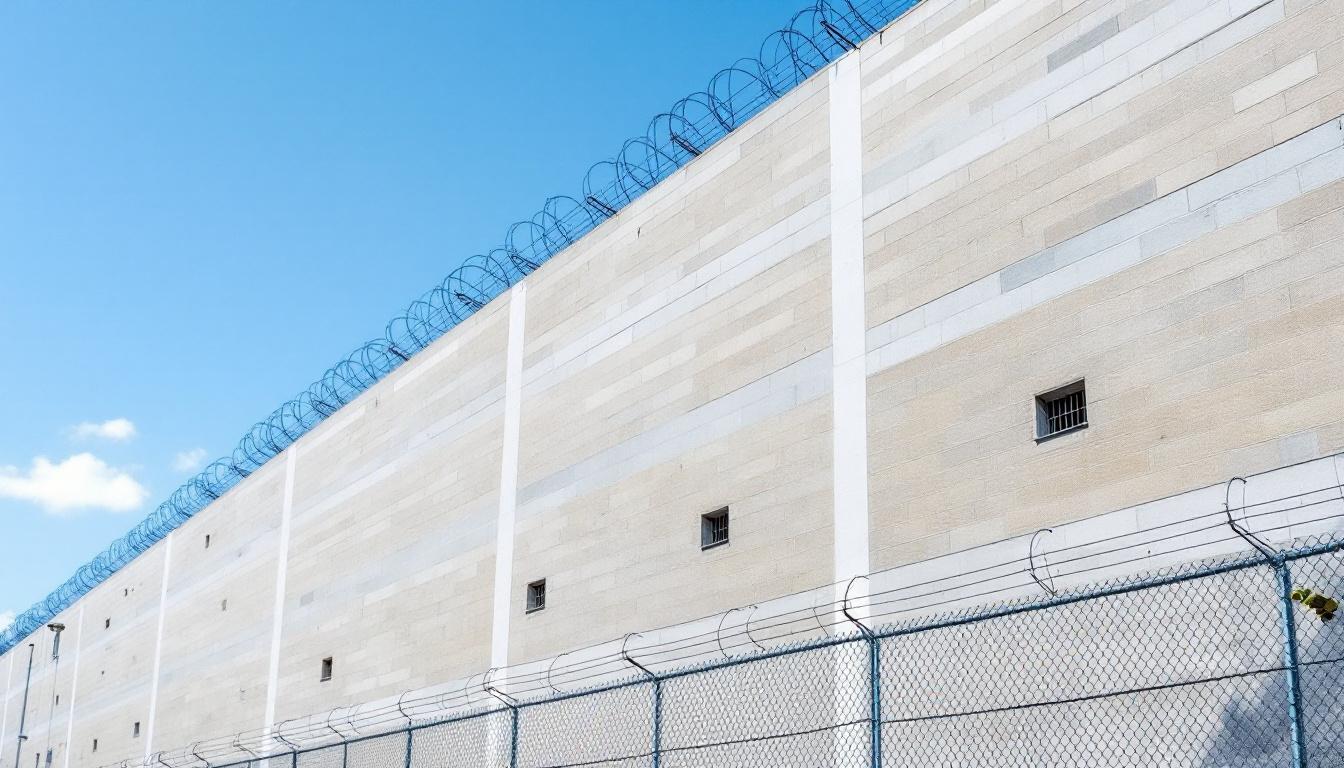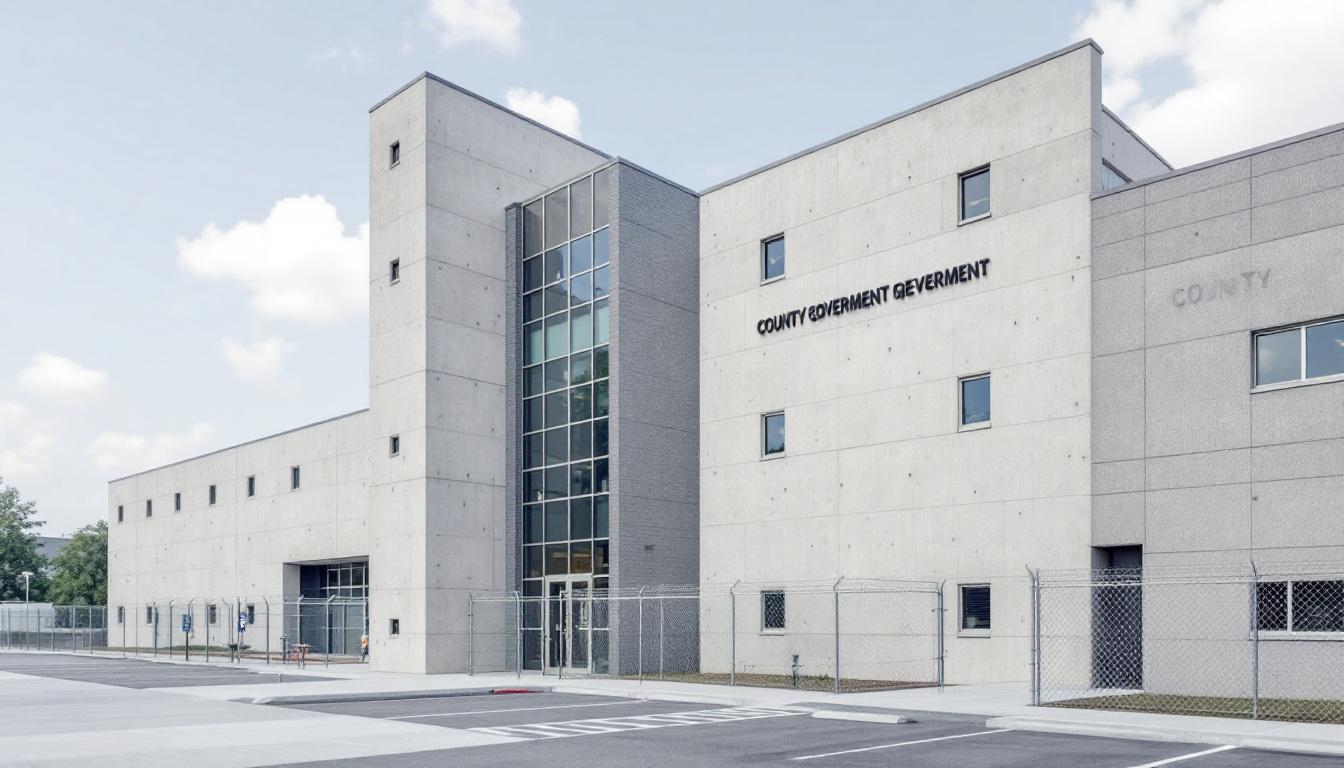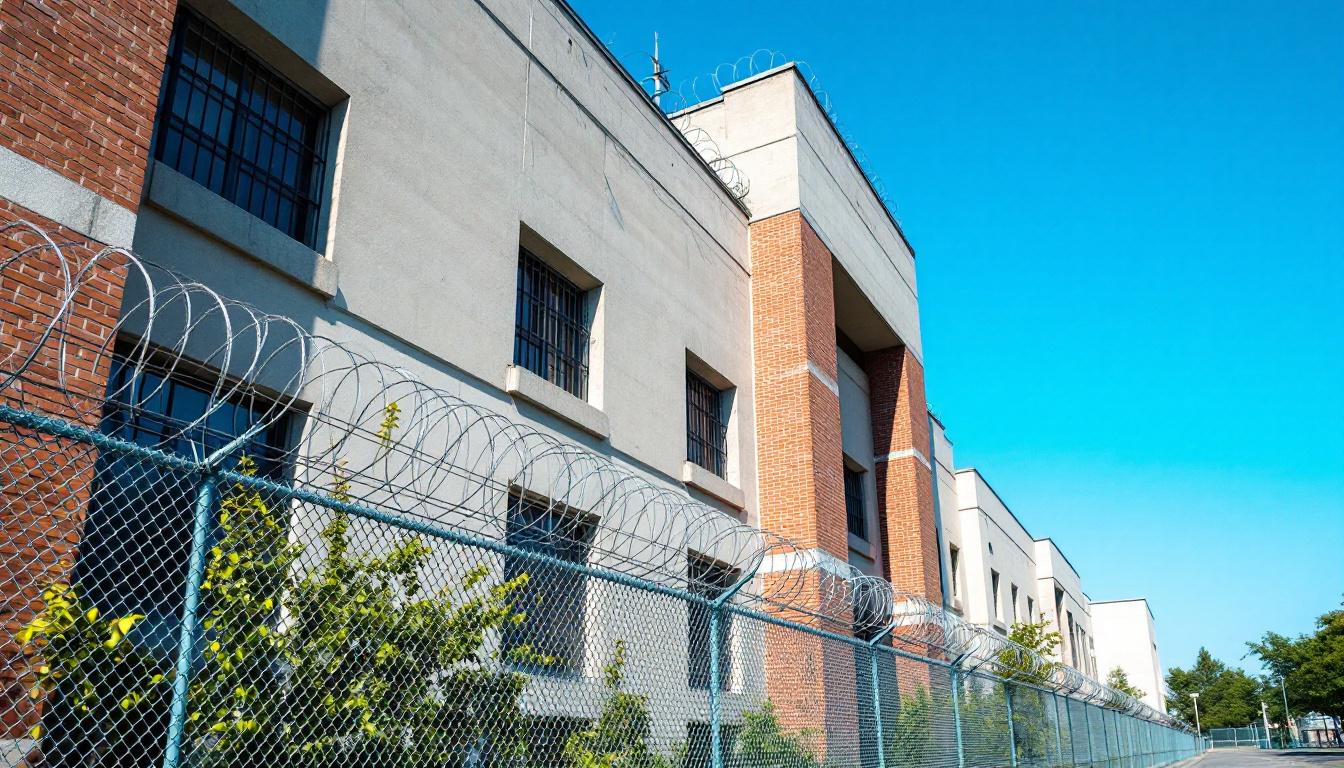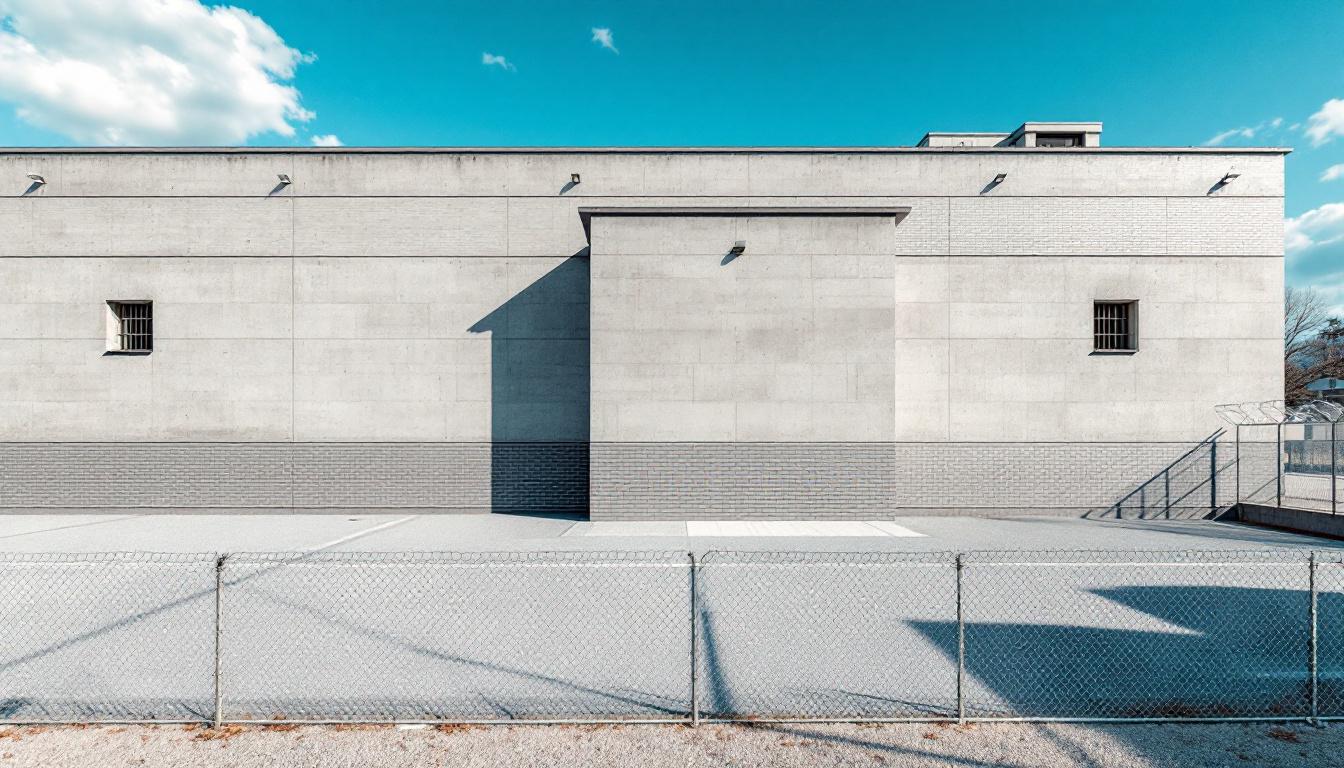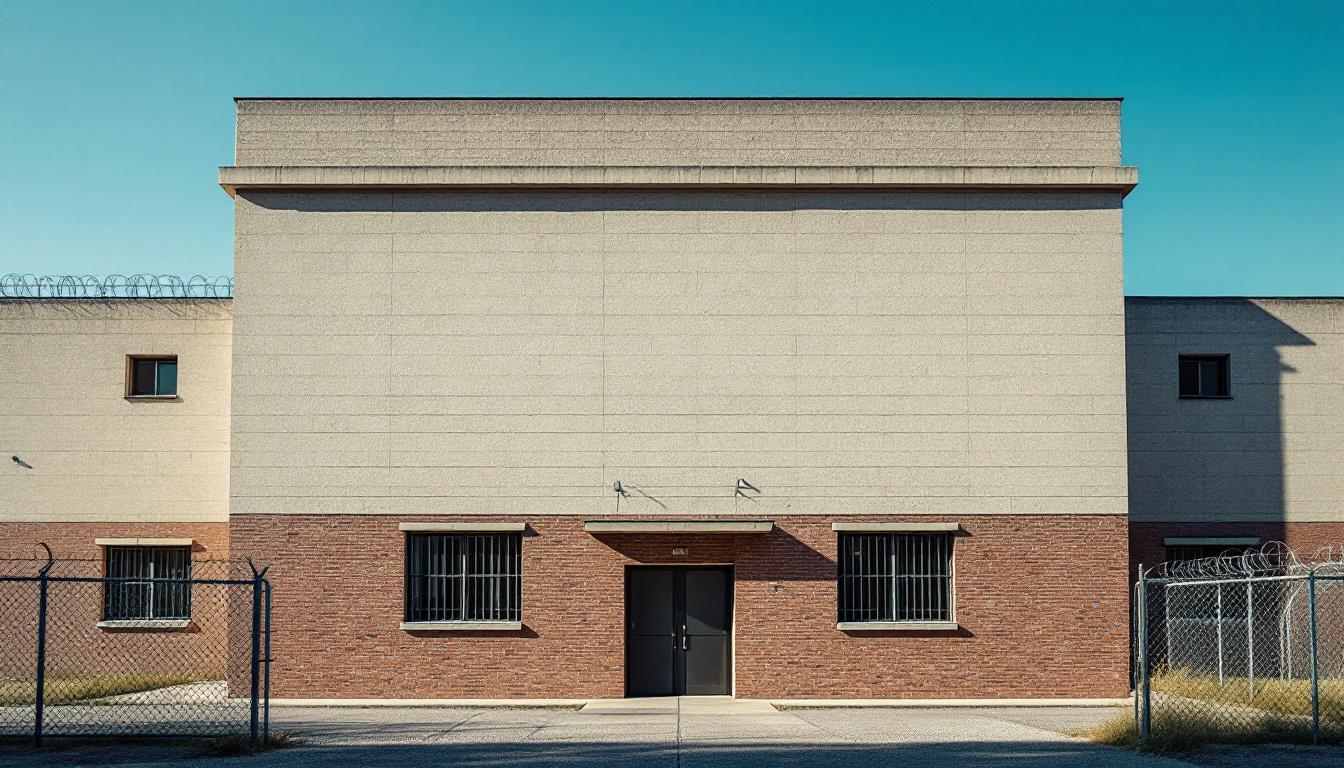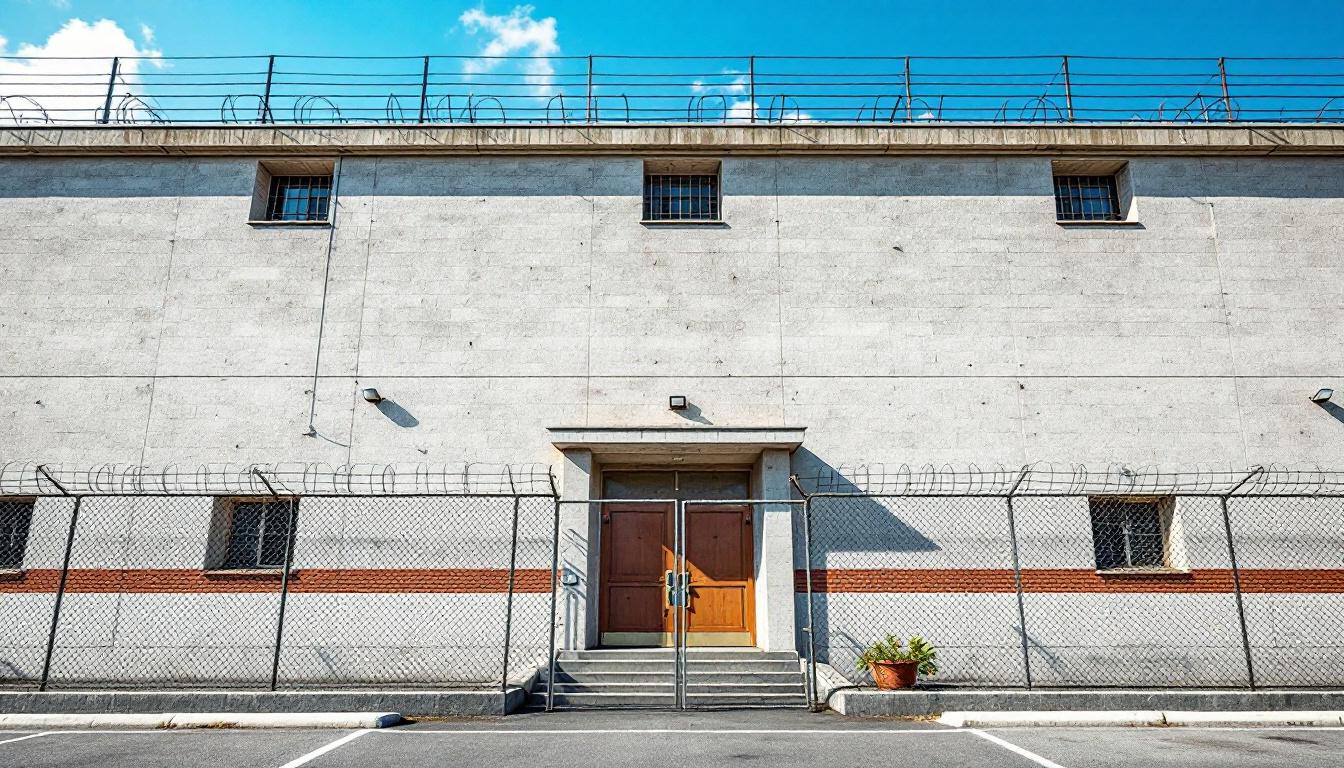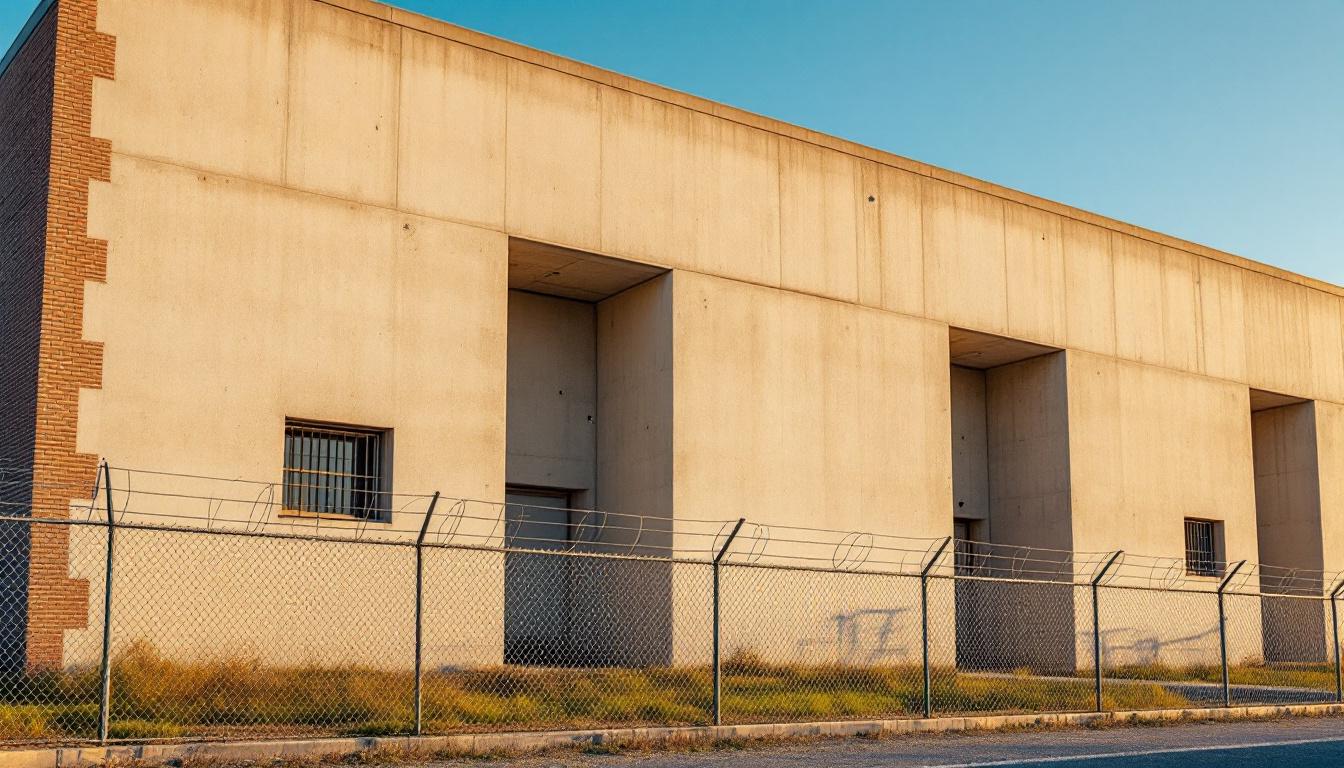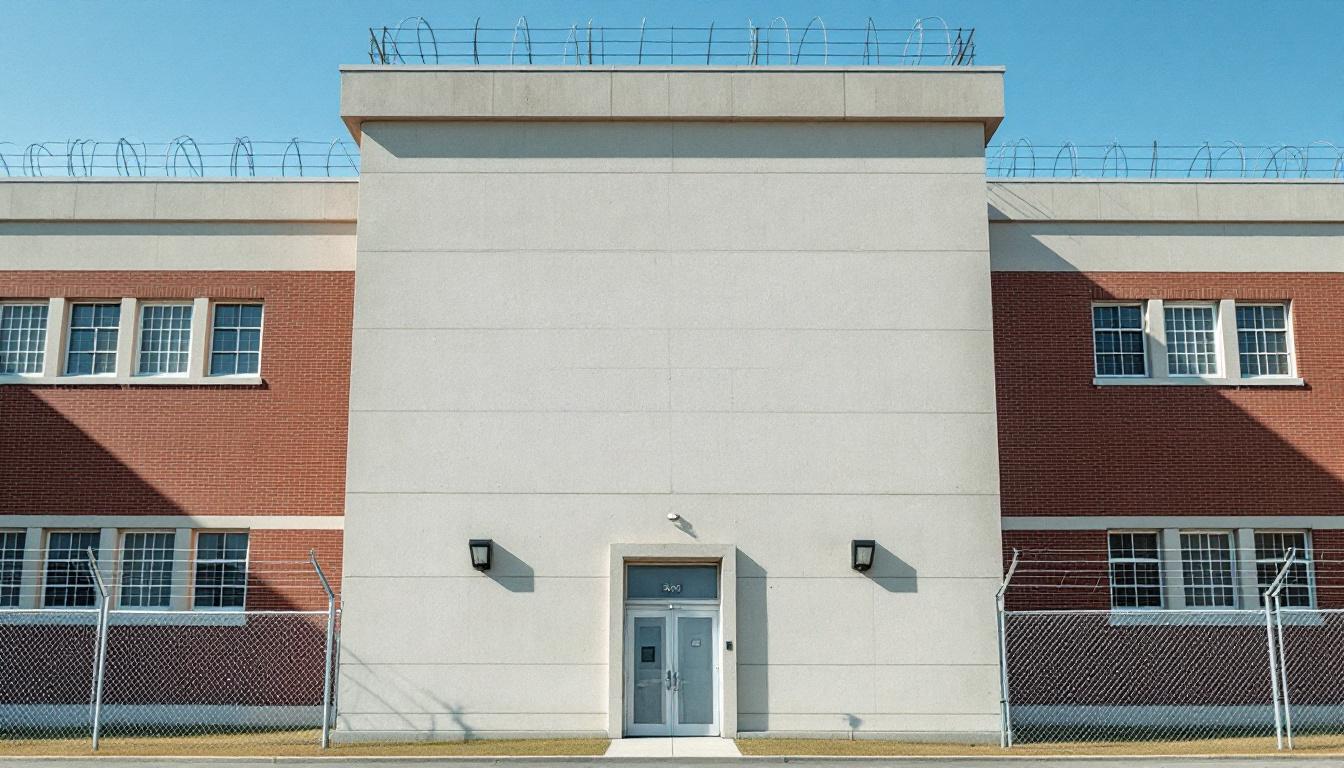
Quick Navigation
How to contact an inmate at Montford unit
This comprehensive guide will walk you through how to connect with an inmate at Montford unit. Follow the steps below to find an inmate and send letters and photos:
- Search for the inmate using our search tool below
- Create your account or log in to Penmate
- Write your message (up to 6,000 characters)
- Send instantly - inmates receive printed copies daily
Find an Inmate
Search for an inmate to start communicating today
Tip: You can search by first name, last name, or inmate ID number
To contact a person at Montford unit start by searching for the person on the official facility website. Perform a search by following these steps:
- Step 1: Enter their first name and last name into the search form and click "Search"
- Step 2: Locate their inmate record
- Step 3: Write down their Inmate ID and any housing information provided
Important! Be sure to enter the person's full name. Nicknames should not be used.
How to Send Messages to Inmates

You can use your phone or computer to send emails, letters, and photos to an inmate. Messages are sent electronically to inmate tablets or kiosks at the facility. If you would like to send a message, start by searching for an inmate at Montford unit.
Sending Photos and Postcards

A great way to send love and support to a loved one at Montford unit is to send photos and postcards. It only takes a few minutes to send photos from your phone and it makes a huge difference. You can also mail postcards with words of support and inspiration, or design your own postcard for special moments like birthdays and holidays.
Important! Be sure not to send any explicit photos or they may not be approved by the facility. You can also use a photo printing app like Penmate to make sure your photos are printed at the correct size (4x6 or 3x5) and are mailed according to the rules and regulations of Montford unit.
Frequently asked questions about Montford unit
-
How long does it take to deliver a message?
If you're sending an email message your letter is usually delivered within 24-48 hours. For messages sent via mail you should expect delivery within 3-7 days. All messages will need be approved by Montford unit.
-
How much does it cost to send a message to Montford unit?
You can send a message free using your phone or mail a message via USPS for the price of a $0.60 stamp and envelope. You can also purchase credits or e-stamps from services starting at $1.99.
-
What services can I use to contact an inmate at Montford unit?
Penmate
You can use Penmate to send letters and photos to an inmate from your phone. It's an easy way to stay in touch during your loved one's incarceration. Use the inmate locator to find an inmate's location and contact information, then you can send messages within a few minutes.
Securus messaging
Securus may be another option for communicating with an inmate at Montford unit. You can create a friends and family account and purchase credits to send messages. All messages will be reviewed and must be approved by the facility.
JPay
Some county jails and state prisons may support sending messages with JPay. You must register an account with the system, find your loved one, and purchase stamps to send messages. For some locations you can also attach photos.
Smart Jail Mail
You may also check if Smart Jail Mail is available at Montford unit. Smart Jail Mail is operated by Smart Communications and has contracted with some state and county jails. After purchasing credits, your messages and photos are sent to the facility, printed out, and then handed out to your loved one.
-
What is the mailing address of Montford unit?
Mailing address:
Montford unit
8602 Peach Ave
Lubbock, TX 79404
Phone: (806) 745-1021Business hours:
- Monday: Open 24 hours
- Tuesday: Open 24 hours
- Wednesday: Open 24 hours
- Thursday: Open 24 hours
- Friday: Open 24 hours
- Saturday: Closed
- Sunday: Closed
-
What are the visiting hours at Montford unit?
Visiting hours at Montford unit vary by housing unit and security level. Generally, visits are scheduled on weekends and holidays, with some facilities offering weekday visits. Contact the facility directly at (806) 745-1021 or check their website for the current visiting schedule. Visits typically last 30-60 minutes and must be scheduled in advance.
-
What items are prohibited when sending mail to Montford unit?
Prohibited items typically include: cash, personal checks, stamps, stickers, glitter, glue, tape, staples, paperclips, polaroid photos, musical or blank greeting cards, hardcover books, magazines with staples, and any items containing metal or electronics. Only send letters on plain white paper with blue or black ink. Photos must be printed on regular photo paper (no Polaroids). Always check with Montford unit for their specific mail policies.
-
How do I send money to an inmate at Montford unit?
You can send money to an inmate at Montford unit through several methods: 1) Online using JPay, Access Corrections, or the facility's approved vendor, 2) Money orders mailed directly to the facility with the inmate's name and ID number, 3) Kiosks located in the facility lobby, or 4) Over the phone using a credit or debit card. Fees vary by method, typically ranging from $2.95 to $11.95 per transaction.
-
Can I schedule a video visit with an inmate at Montford unit?
Many facilities now offer video visitation as an alternative to in-person visits. At Montford unit, video visits may be available through services like Penmate, Securus Video Connect, GTL, or ICSolutions. Video visits typically cost $10-20 for 20-30 minutes and must be scheduled in advance. You'll need a computer or smartphone with a camera and reliable internet connection. Contact the facility for their specific video visitation policies and approved vendors.
-
What identification do I need to visit an inmate at Montford unit?
All visitors must present valid government-issued photo identification such as a driver's license, state ID, passport, or military ID. Minors must be accompanied by a parent or legal guardian who can provide the minor's birth certificate. Some facilities require visitors to be on the inmate's approved visitation list, which may require a background check. Contact Montford unit for specific ID requirements and visitor approval procedures.
-
How can I find out an inmate's release date?
To find an inmate's release date at Montford unit, you can: 1) Use the online inmate search tool if available, 2) Call the facility's records department, 3) Contact the inmate's case manager or counselor, or 4) Have the inmate provide this information during a call or visit. For privacy reasons, some facilities only release this information to immediate family members.
Facility Overview
Official Website
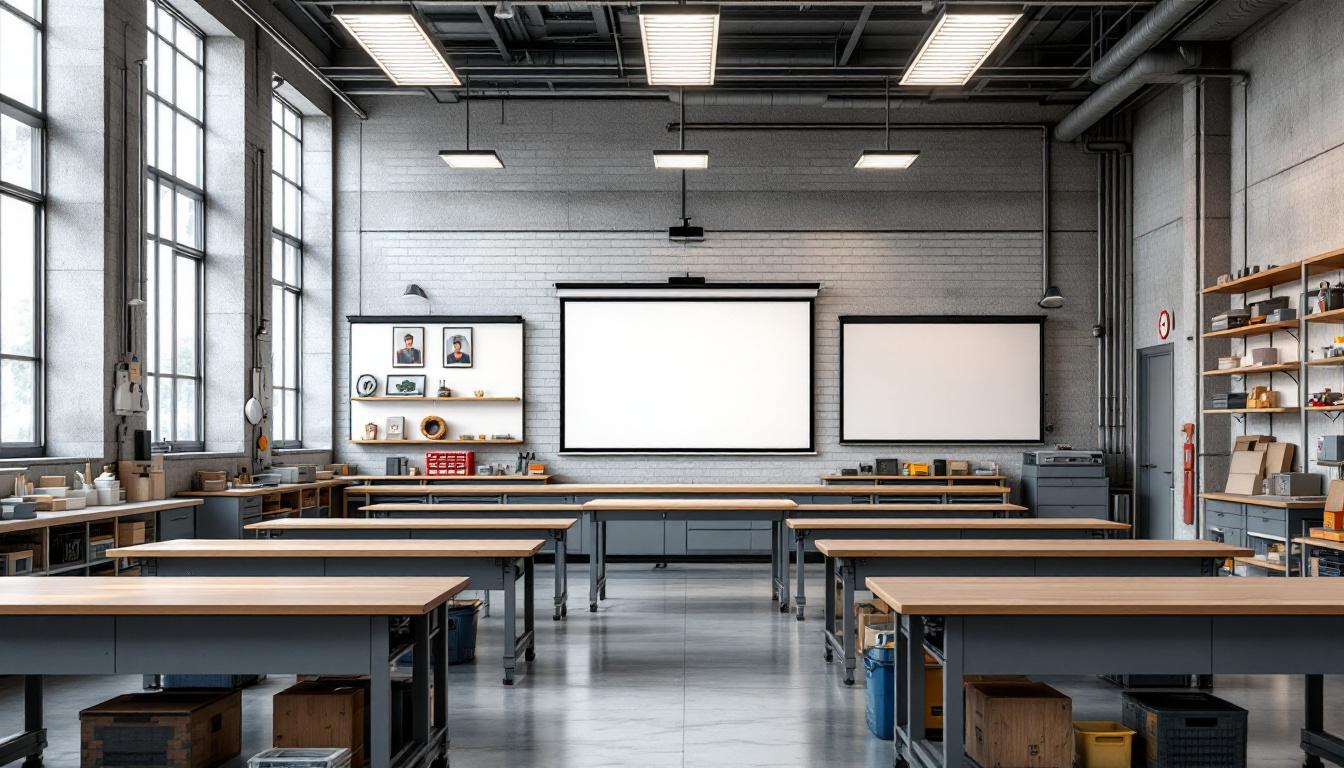
About Montford unit
Correctional facilities across Texas serve as integral components of the state's justice system, providing secure environments where individuals work toward rehabilitation and eventual community reintegration. Within this network, Montford Unit, TX operates as a state correctional facility positioned to serve the Dallas metropolitan area and surrounding communities throughout the region.
Located in Dallas, TX, this correctional facility typically functions within the broader framework of Texas's correctional system, contributing to public safety while focusing on evidence-based approaches to offender management. The facility generally provides housing and supervision for individuals at various stages of their sentences, often incorporating programming designed to address the underlying factors that may contribute to criminal behavior. Like many TX correctional facilities, Montford Unit may offer educational opportunities, vocational training, and behavioral interventions that support successful reintegration into Dallas-area communities upon release.
The population services at Montford Unit typically encompass a range of support mechanisms designed to maintain family connections and prepare individuals for their return to society. These services may include visitation programs that help preserve important family relationships, correspondence systems, and potentially transitional planning assistance. As part of the south region's correctional infrastructure, the facility generally works to balance security requirements with rehabilitation goals, recognizing that successful reentry benefits both the individuals served and the broader Dallas community. Families seeking information about their loved ones can typically access resources and support through established communication channels maintained by the facility.
Programs & Services
Through comprehensive support systems designed to address the multifaceted needs of incarcerated individuals, the facility delivers essential services that foster personal growth and successful community reintegration. The programs at Montford Unit emphasize skill development, therapeutic intervention, and spiritual guidance, creating a framework that recognizes rehabilitation as a collaborative process between staff and the population. This holistic approach acknowledges that meaningful change occurs when individuals receive consistent encouragement alongside practical tools for transformation.
Educational and vocational programs typically form the cornerstone of skill-building opportunities, providing pathways for participants to develop marketable competencies. Vocational training initiatives may supply hands-on experience in various trades, while HVAC certification programs often prepare individuals for employment in high-demand technical fields. These structured learning environments enable the population to acquire credentials that enhance their prospects for sustainable employment upon release, thereby reducing recidivism and promoting economic stability.
Support services complement the educational framework through work programs that instill discipline and responsibility while providing meaningful daily structure. Faith-based initiatives often create communities of mutual support, allowing participants to explore spiritual growth and develop strong moral foundations. Also, communication skills programs typically focus on interpersonal development, helping individuals build healthier relationships with family members and community connections. These therapeutic and support-oriented programs work synergistically to address the emotional, social, and spiritual dimensions of rehabilitation, ultimately preparing participants for successful reintegration into society.
Daily Life & Visitation

A carefully orchestrated framework of schedules and protocols shapes every aspect of existence within the Montford Unit, where systematic organization transforms the daily experience of the population into a predictable rhythm of activities and responsibilities. The population now moves through their days according to structured timetables that regularly incorporate meal periods, work assignments, educational programming, and recreational opportunities, all designed to maintain order while providing meaningful engagement. Housing units typically operate under clear guidelines that govern movement between areas, with the population generally following established procedures for accessing different sections of the facility.
Living accommodations at the facility generally consist of housing units that may include dormitory-style arrangements or individual cells, depending on classification levels and security requirements. The population typically shares common areas within their designated housing sections, where they often have access to television viewing areas, tables for meals or activities, and basic recreational equipment. Also important to daily structure are the dining arrangements, which usually involve scheduled meal times in centralized locations where the population receives nutritionally planned meals that supply necessary dietary requirements while accommodating various medical and religious dietary needs.
Work assignments and structured programming schedules supply essential components of daily life, with the population typically participating in facility maintenance, kitchen operations, laundry services, or other institutional jobs that help maintain facility operations. However, beyond work responsibilities, recreational activities may include access to outdoor exercise areas, indoor fitness equipment, and organized sports when weather and security conditions permit. Also significant are the communication opportunities that allow the population to maintain family connections through scheduled visitation periods, telephone privileges, and correspondence, though these typically operate under specific guidelines regarding frequency and duration to ensure security while supporting important family relationships.
Ready to Connect?
Start communicating with your loved one today
Search for an Inmate
